Great Mid-Century Designers 101: Dyrlund
From its debut in 1960, Danish furniture manufacturer Dyrlund made a deliberate decision to use only traditional Danish cabinet-making techniques in its furniture. This company policy is still followed today in the office and home furnishings the company creates, resulting in products recognized the world over for their “practicality, solid construction, detailing to perfection, and classic design.” (Dyrlund)
Antiques of Tomorrow
Dyrlund has followed the same design and construction processes since its launch more than 50 years ago. Company director Bent Møller Jørgensen explains:
“Our designs grow out of the workshop as prototypes – we work directly with the raw material, which gives you a real feel for the possibilities and lets you get straight to the business of making a functional piece of furniture.”
Dyrlund still manufactures pieces in teak, along with cherry, walnut, oak, alder, and beech. As in the past, all of their furniture is created in their Denmark factory. Because they use traditional cabinet-making techniques and hand finishing, they employ only tradespeople of the highest skill level. The hand finishing is critical: it sets Dyrlund’s pieces apart and ensures they “grow more beautiful with time” to become “the antiques of tomorrow.” (Dyrlund)
The company’s current furniture may be the antiques of tomorrow, but their past works are today’s highly sought-after vintage pieces. Dyrlund’s mid-century furniture is prized for its exceptional craftsmanship and timeless, minimalist aesthetic, but also for certain signature elements and ingenious designs that were theirs alone. Whether developed in-house or created by the well-known designers they partnered with, Dyrlund’s mid-century modern pieces are in demand on the collectors’ market.
Vintage Dyrlund--Distinctive & Smart Design
Sometimes it’s the little things that stand out. For Dyrlund in the mid-century, it was handles. The company became known for a couple of distinct handle styles: a solid wood handle with an oval-shaped cutout, and a marquis-shaped handle that “extends from one drawer into the other.” (Mariekke)
You can see the oval handle in a gentleman’s dresser we had in our collection, now sold:
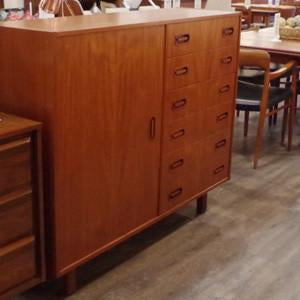
Image from VHB collection.
The marquis is seen in the rosewood sideboard we currently have in-store:

Another variation of the marquis is seen in this bar cabinet, dating from the 1960s:
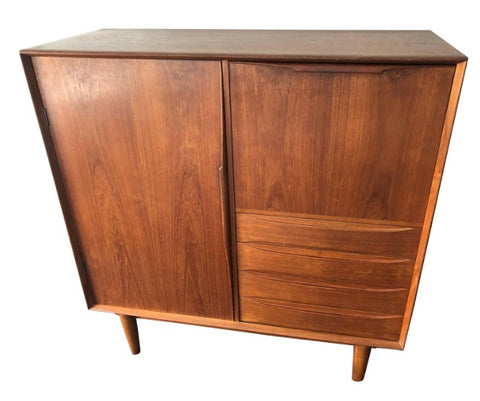
Like many mid-century furniture manufacturers, Dyrlund worked with some of the more notable designers of the period. This striking, minimalist rosewood desk is by Gunni Omman, designer of teak highboard we currently have in stock.
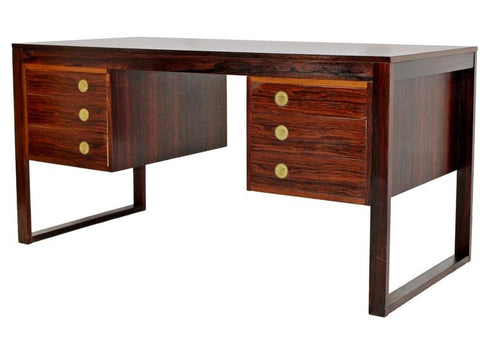
Johannes Andersen also worked with Dyrlund, creating the sideboard that was in our collection and a night table that used the company's oval cutout handle:
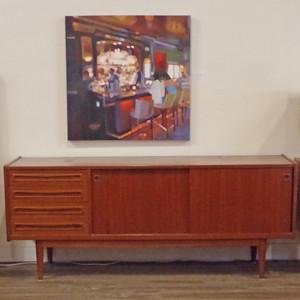

Erik Buch is credited with this set of barstools made by Dyrlund. (In these stools you can see some of the elements of Buch’s famous Model 61, which we have available for order at VHB.)

This stunning and brilliantly designed rosewood bar cabinet, made for Dyrlund in 1960, has been attributed to both Andersen and Buch:
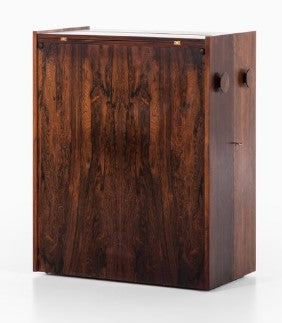
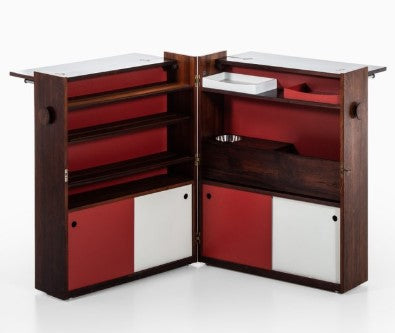
Images from Pamono.
Another of Dyrlund’s bars proved very popular, then and now. According to Pamono.ca, this rosewood bar by Knud Bent is one of the company’s most well-known pieces, appearing often in design literature. It’s easy to see why, with its modern lines and efficient design: shelves, bottle storages, a pullout tray for mixing drinks, and even a holder for an ice bucket.
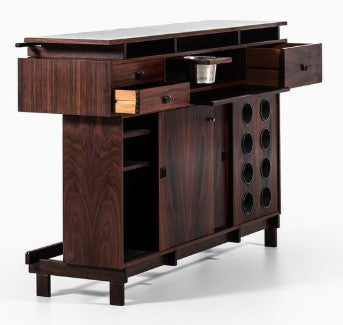

Images from Pamono.
Catalogue pictures from 1968 show the bar cart in use, along with another of Erik Buch’s stools:


Images from Danish Modern San Diego.
Bar carts were also popular in the mid-century era. True to the period, with its emphasis on efficiency of design, bar carts were very versatile pieces. This teak model from our collection, now sold, was extendable, with a removable tray, and castors so it could be moved when needed:
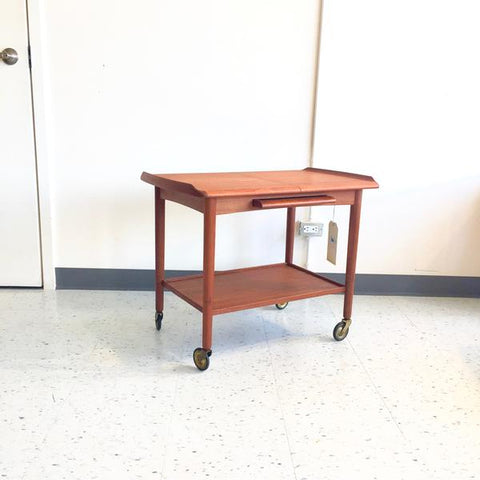
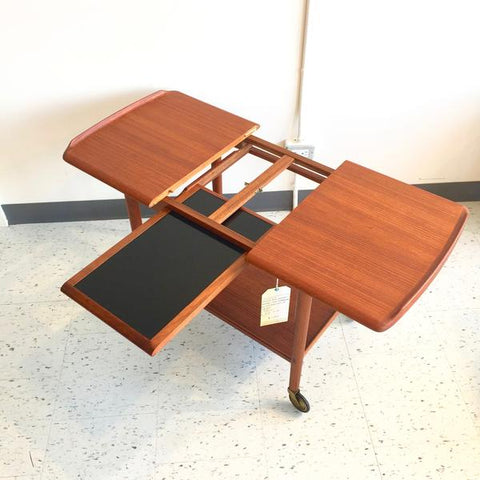
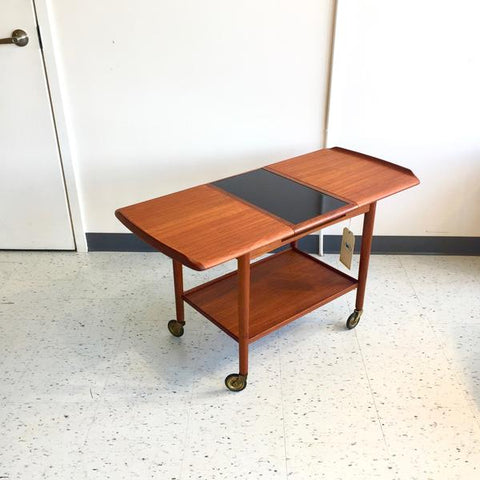
Dyrlund applied its unique, ingenious design aesthetic to other rooms in the home, including the bedroom, where they became known for dressers and other storage, as well as bed frames. The design below includes tambour doors that open to reveal several drawers for maximum storage:


Images from 1stdibs.
A king bed frame, from our past collection, includes attached side tables with a carved oval handle:
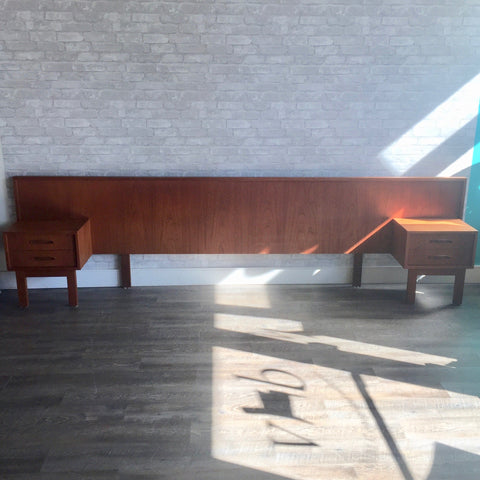
Image from VHB collection.
The dining room is another area where Dyrlund offered innovative designs, including the “Flip Flap” or “Lotus” table. Extending tables were nothing new, but this is one of the more unique and functional designs of the period. The version we have at VHB features Dyrlund's well-known wood pedestal base:



Images from VHB.
The version below shows Dyrlund’s use of metal and wood, a not uncommon pairing in the mid-century era when designers were known to experiment with new materials. In this table, chrome legs complement the intentionally visible hinges for a truly modern look.

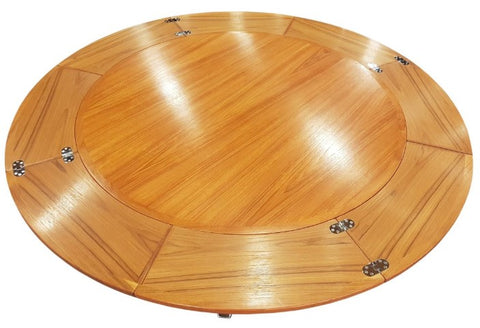
Images from Pamono.
A later design has a similar aesthetic:

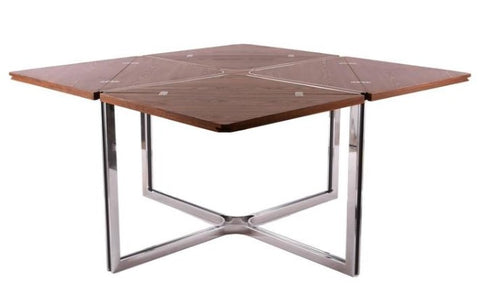
Images from 1stdibs.
Another wood and metal combination resulted in an eye-catching look--a very modern teak media cabinet with hairpin legs:
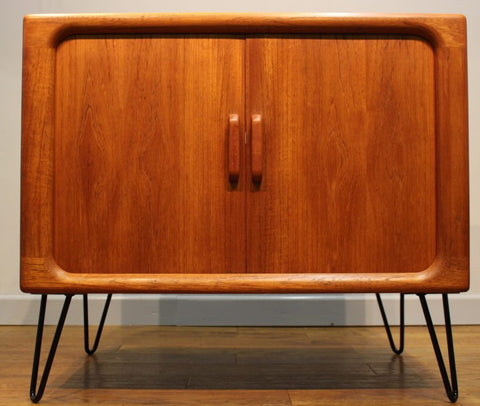
Image from Vintage Retro UK.
In its dining tables, Dyrlund was known for using solid wood pedestal table legs that offered stability while also allowing plenty of leg room:
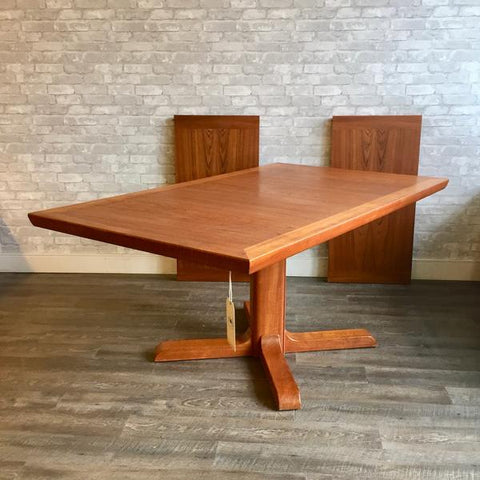
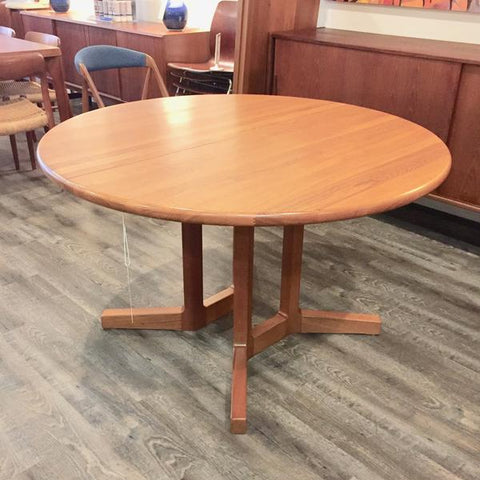
Images from VHB collection. Both tables now sold.
Dining table tops were equally solid and crafted to accentuate the grain of the wood, as with this rosewood pedestal table, currently in our store:

Image from VHB.
The company’s craftsmanship extended beyond furniture to lighting, including this gorgeous lamp with a base made of concentric circles of wood:

Image from 1stdibs.
Although fully dedicated to traditional techniques, Dyrlund has a long legacy of truly modern and innovative designs. So strong is its reputation that the company, now known as Dyrlund-Smith A/S, counts among its clients many celebrities and heads of state. Its vintage pieces are a testament to the quality of the Dyrlund brand, one now signified with a gold seal logo, indicating that when it comes to furniture production, "only the best will do." (Dyrlund)
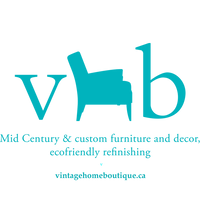

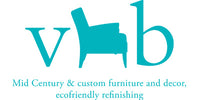

Leave a comment